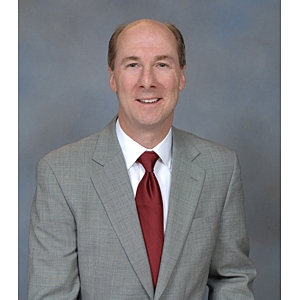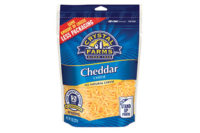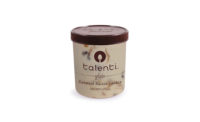The global frozen food industry is expected to reach $228 billion by 2015—a 19% growth since 2010, according to a MarketLine report. This projected growth  presents an opportunity for refrigerated and frozen foods manufacturers to gain traction on new products, and in turn increase sales, particularly as fast-paced consumer lifestyles prompt demand for convenient meal options. However, while manufacturers of ready meals and prepared foods look toward meeting this demand, an evolving and increasingly complicated regulatory environment presents many challenges.
presents an opportunity for refrigerated and frozen foods manufacturers to gain traction on new products, and in turn increase sales, particularly as fast-paced consumer lifestyles prompt demand for convenient meal options. However, while manufacturers of ready meals and prepared foods look toward meeting this demand, an evolving and increasingly complicated regulatory environment presents many challenges.
For example, the first provision of the U.S. Food Safety Modernization Act (FSMA) would mandate that companies have a plan that articulates proactive measures taken to address any possible food safety issues. This would require a clear channel of communication between suppliers and food manufacturers to identify and address concerns immediately. Cold food manufacturers that produce meals containing several products deal in complicated supply chains that make compliance with these measures especially challenging. But, there are processes, technologies and resources that can help.
Food safety every step of the way
To provide a high-quality end product, manufacturers need to be in control—know everything from the source of ingredients to how the final product is being handled and packaged. Additional stages in the supply chain can make the process of guarding food safety more complex for cold food manufacturers.
For instance, many challenges occur when transporting refrigerated or frozen foods along the supply chain because of the sensitivity of these products’ temperatures. To maximize shelf life, manufacturers can implement solutions that track and monitor the production and expiration dates of their goods, streamlining the process of identifying and responding to any temperature control issues.
Planning for tomorrow
For manufacturers to ensure their plans comply with future regulations, they must clearly outline challenges and potential hazards throughout the processing and packaging of their products. Resources such as HACCP help manufacturers identify critical control points throughout any stage of the supply chain to guarantee high food safety standards and compliance with regulations.
Planning for tomorrow’s regulations today will help maximize ROI on equipment and minimize the downtime associated with retrofitting for compliance with regulations. New equipment should feature minimal surface areas for water to pool, facilitate bacterial growth, allow for easy and effective cleaning and prevent cross contamination between different product runs with modular components.
Many manufacturers are also moving toward automated technologies to reduce the chances of human error. Additionally, they are implementing non-thermal sterilization solutions using UV light and ultrasound techniques to be less invasive to the product.
Be proactive
Finding the right equipment and expertise to advance food safety measures takes resources and the search can be time-consuming. However, manufacturers can look to events such as PACK EXPO International 2014 (Nov. 2-5 at McCormick Place in Chicago) to bring together world-class solutions providers. The event, co-located with the new Pharma EXPO produced by PMMI, Reston, Va., and the International Society of Pharmaceutical Engineering (ISPE), Tampa, Fla., will offer access to 2,000 suppliers and draw 50,000 attendees, making it the largest resource for processing and packaging innovation in North America this year. PACK EXPO will also offer on-floor resources for expert insights at the Food Safety Summit Resource Center, produced by the Food Safety Summit, a sister publication of Refrigerated & Frozen Foods, as well as convenient educational programming at several Innovation Stage locations.
Go to www.packexpo.com for more information.



